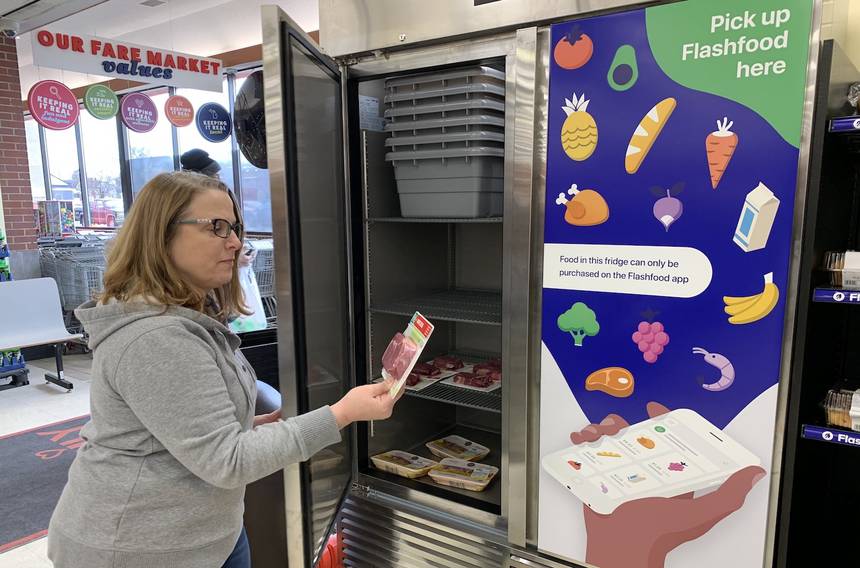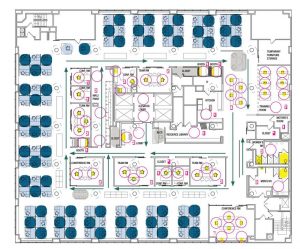Canadian grocers have a smart approach to food waste

They’re using the Flashfood app to give customers steep discounts and divert food from landfill.
It has been four years since I wrote about the Flashfood app that was set to hit Canadian grocery stores and make it easier for shoppers to buy soon-to-expire food at a discount. Much to my delight, I heard it advertised recently on a local radio station and figured it’s time for an update, especially since people have become more aware of food waste’s role in the climate crisis.
The first thing I did was download the app. I hadn’t done it initially because it was limited to a few locations in the Greater Toronto Area, but now it’s all over Canada, including the grocery store right down the street from my house. I could see immediately that numerous brands of crackers, yogurt, cereal, granola bars, and pasta are all marked down 50 percent.
With Flashfood, retailers can list anything that is up to two weeks away from expiring, and most discounts are 50 percent. Users pay for the food using the app, then pick it up at a designated location in the store. It differs from the clearance rack at the store in that the items are not so close to expiry, so you don’t have to worry about them actually being bad. (I’ve noticed this sometimes happens with the bags of marked-down produce.)
Flashfood has clearly done well, with participating locations in every province of Canada, plus one territory, as well as locations in Wisconsin and Michigan. These are partnerships with Meijer and Hy-Vee stores that are currently in the pilot stage, but once completed, the app will be available in all 246 Meijer store locations across the United States. An additional pilot with SpartanNash has just begun in 5 of West Michigan Family Fare store locations.
It makes sense for retailers to get behind this app because it offers a win-win situation for everyone involved. Flashfood told TreeHugger over email that it sells 75 percent of the products made available through its app while saving consumers an average of 50 percent on those grocery items, and that it has 300,000 active users right now. That number is expected to grow naturally as Flashfood partners with more grocers. Gord Chem, senior VP with Loblaw’s Real Canadian Superstores, explained why he likes it so much:
“As a food retailer, we are in the business of providing food, not wasting it. Our goal is to provide our customers with easy access to quality fresh food and grocery items at low prices. The Flashfood program allows us to provide our customers with a convenient and environmentally sustainable way to purchase food.”
Chem told the Globe and Mail that Loblaw “sells 77 per cent of the items it puts on Flashfood, moving an average of $800 to $1,000 worth of goods weekly at each of its largest stores” and that he is “very happy with that conversion rate. This is not bad food. This is product that is close to date or ripe and should be eaten today or tomorrow.”
I love scooping discount deals at the grocery store and always keep an eye out for the hot pink clearance stickers. But it’s always random, and I never know what I’m going to get from week to week. The appeal of Flashfood is that I can see what’s available, pre-purchase it, and leave it off my shopping list.
If you haven’t signed up for Flashfood yet, and you live in Michigan/Wisconsin area or in Canada, do check it out here or download for free from the app store. If your area does not yet support the app, speak to your store manager and spread the word; you never know if they might just be looking for something like this.
They’re using the Flashfood app to give customers steep discounts and divert food from landfill.







